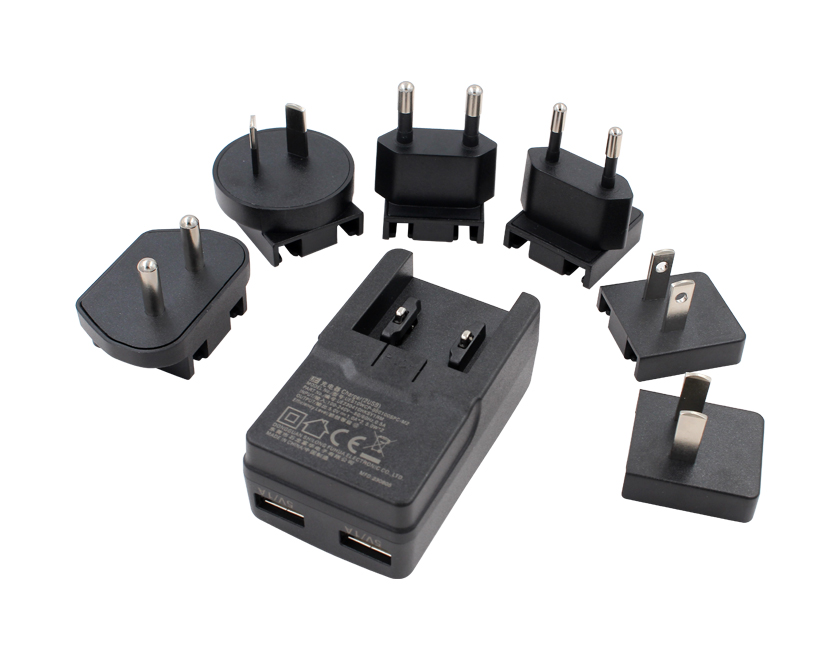What are the differences between 5V power supply and 12V power supply?
In electronic devices and systems, power supply is a crucial component. Selecting the right power supply is essential for ensuring the proper operation and extending the service life of equipment. 5V and 12V power supplies are two common voltage levels, and they differ in several aspects. Understanding these differences helps us choose the right power solution. Here are some of the main differences between 5V and 12V power supplies:
Voltage Level:
5V Power Supply: Provides a direct current (DC) voltage of 5 volts.
12V Power Supply: Provides a direct current (DC) voltage of 12 volts.
Application Areas:
5V Power Supply: Typically used for low-power devices such as microcontrollers, sensors, small electronic devices, and USB charging.
12V Power Supply: Commonly used for higher power devices, such as automotive electronics, industrial control systems, certain types of battery chargers, and some household appliances.
Design Requirements:
5V Power Supply: May require more precise voltage regulation and lower ripple because they are often used in sensitive electronic devices that require high voltage stability.
12V Power Supply: May require higher current capacity and stronger overload protection because they are often used in applications that require greater power output.
Efficiency:
5V Power Supply: May be more efficient in low-power applications since conversion losses are proportional to the square of the voltage.
12V Power Supply: May be more efficient in high-power applications because the higher voltage can reduce current, thereby reducing wire losses.
Safety:
5V Power Supply: Generally has lower risks due to the lower voltage.
12V Power Supply: May require more safety considerations, such as stronger insulation and overcurrent protection, due to the higher voltage.
Compatibility:
5V Power Supply: Can be used directly for devices that require 5V, but may require a buck converter to power devices that require lower voltages.
12V Power Supply: Can be used directly for devices that require 12V, but may require a boost converter to power devices that require higher voltages, or a buck converter to power devices that require 5V.
In summary, 5V and 12V power supplies differ significantly in terms of voltage level, application areas, design requirements, efficiency, safety, and compatibility. Choosing the right power supply depends on specific application needs and device specifications. Understanding these differences helps us select the most suitable power solution for different electronic devices and systems, ensuring device performance and safety.







